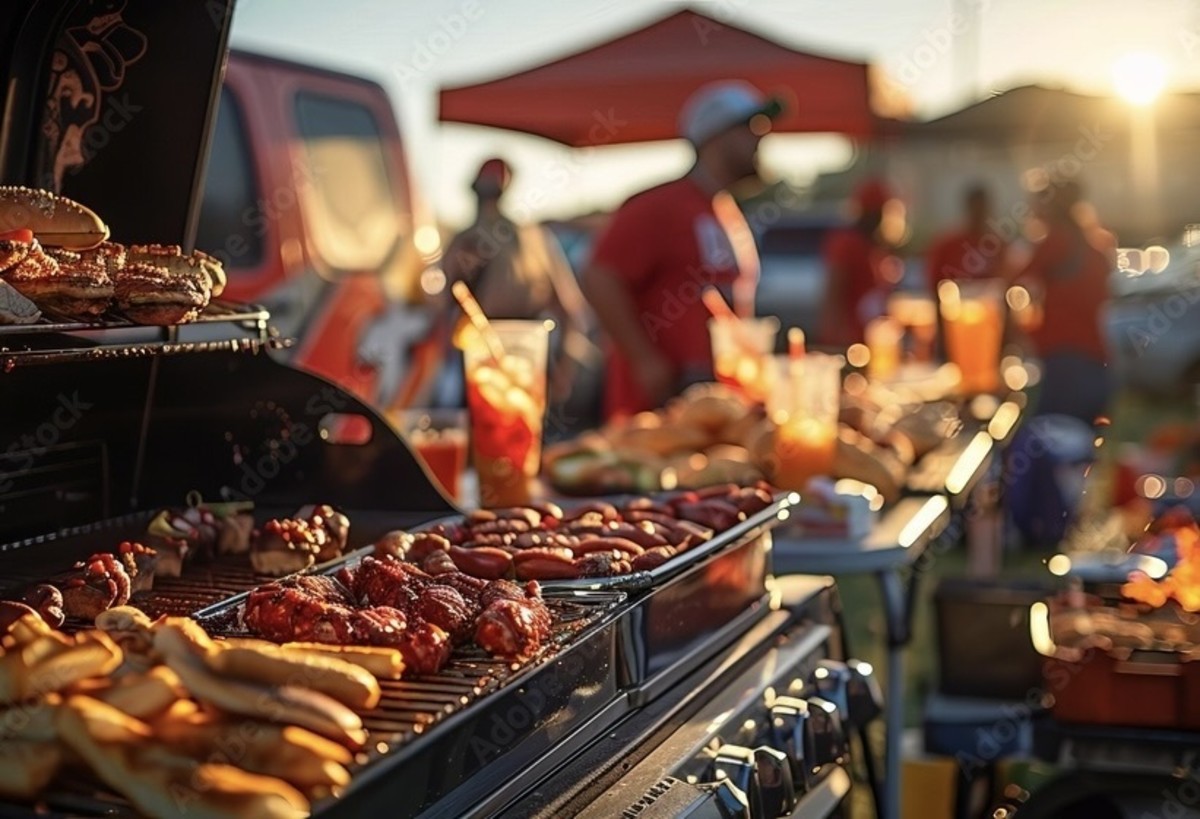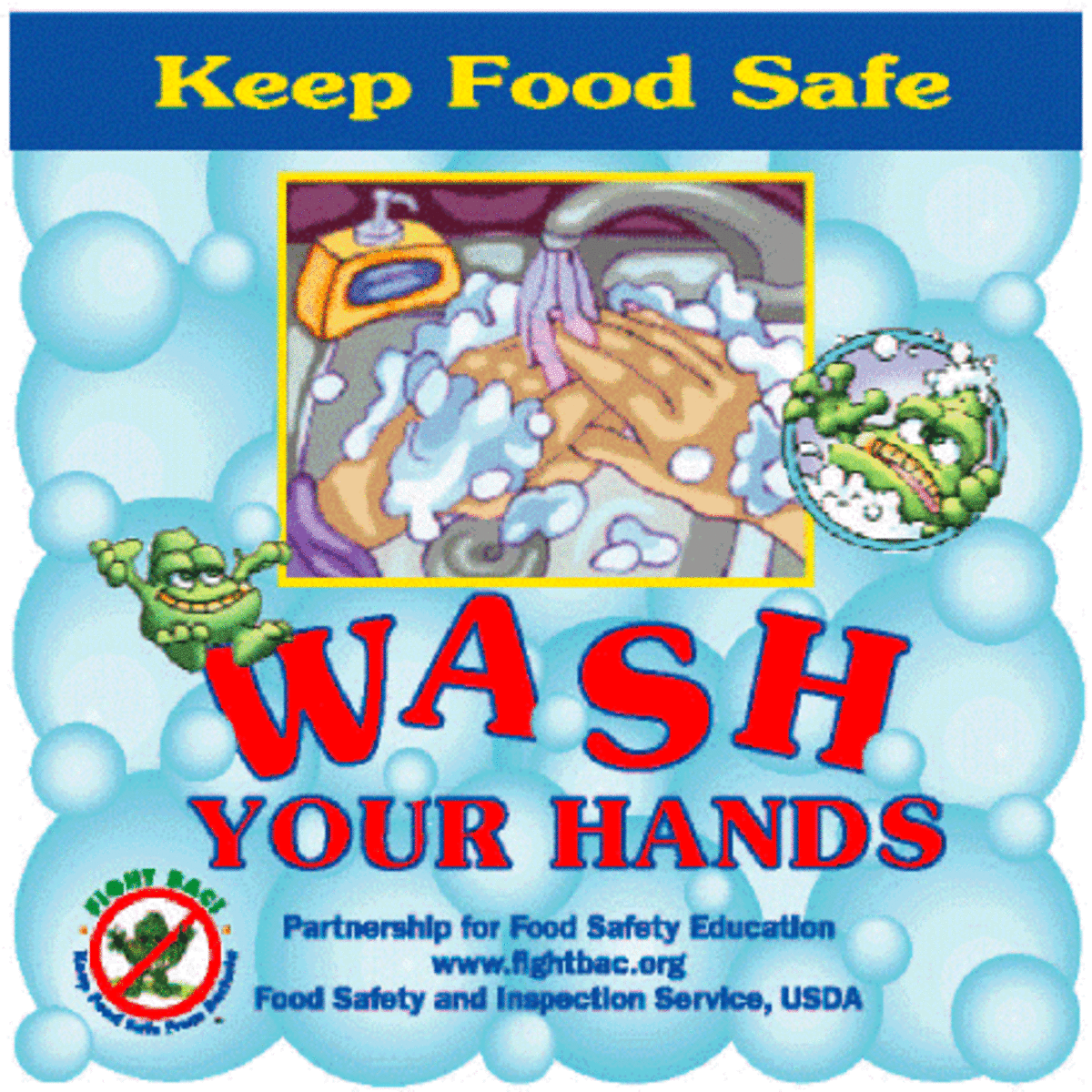A Guide to Food Safety at Home
Introduction to food safety.
When I was attending culinary school at Le Cordon Bleu Las Vegas, three weeks of the course was dedicated to sanitation. At first I thought it was going to be a course dedicated to proper cleaning procedures. Not only did I learn the proper use of a three compartment sink, but I learned about proper food handling procedures, food borne illnesses, food storage temperatures, cross contamination and a slew of other food related risk factors. What I have put together in this short article is a guide to food safety and avoiding food borne illnesses.

Safe food handling procedures
In America we spend billions of dollars a year treating food-borne illnesses. Most of these can be prevented with proper food handling procedures. The two groups most susceptible to food-borne illnesses are children and the elderly. The major reason for this is that children have not built up enough of an immune system and the elderly may have a weakened immune system. Whenever handling food you must first wash your hands, tools, and all work surfaces. All knives must be rewashed after cutting raw meats, failure to do this can result in cross contamination.
Safe Food Temperatures
One of the most important food safety procedures is proper food temperature. Bacteria splits every twenty minutes. After a period of five hours a single bacteria can split 15 times producing 32,384 bacteria, in 7 hours this number will be over a million. By cooking and storing food at proper temperatures this number can be greatly reduced. Leftover food should be stored at 40 degrees, use a thermometer to maintain the temperature.
Prevent Cross Contamination
Another leading cause of food-borne illnesses is cross contamination, By using the same knives and cutting board to cut your meat and vegetables, you run the risk of cross contamination. People simply don't cut their vegetables first. The best thing to do here is to use color coded cutting boards. By using specific colors for meat, poultry, and vegetables, you can prevent cross contaminating your food.

Sanitation
Proper sanitation is key in preventing food-borne illnesses. Anytime you use your hands for anything ( even touching your face ) they need to be washed before cooking. To prevent the spread of bacteria , hands need to be washed with soap and water, the water needs to be as hot as you can stand and you should keep your hands under the water for 20 seconds.
H.A.A.C.P Principles
- Conduct a hazard analysis; This is the point where you determine what safety hazards are present and eliminate them
- Identify Critical Control Points; These are points in the processing, transportation, preparation, and storage of food where steps can be taken to prevent hazards.
- Establish limits for each critical control point;
- Establish a critical control point management system
First in First out
In the restaurant industry food is stored by date purchased. All the newer products are placed behind the older products. When items are prepared for later use they are labeled with the date. This system should be used at home as well. By keeping track of when food was prepared it is easier to prevent eating expired food.










